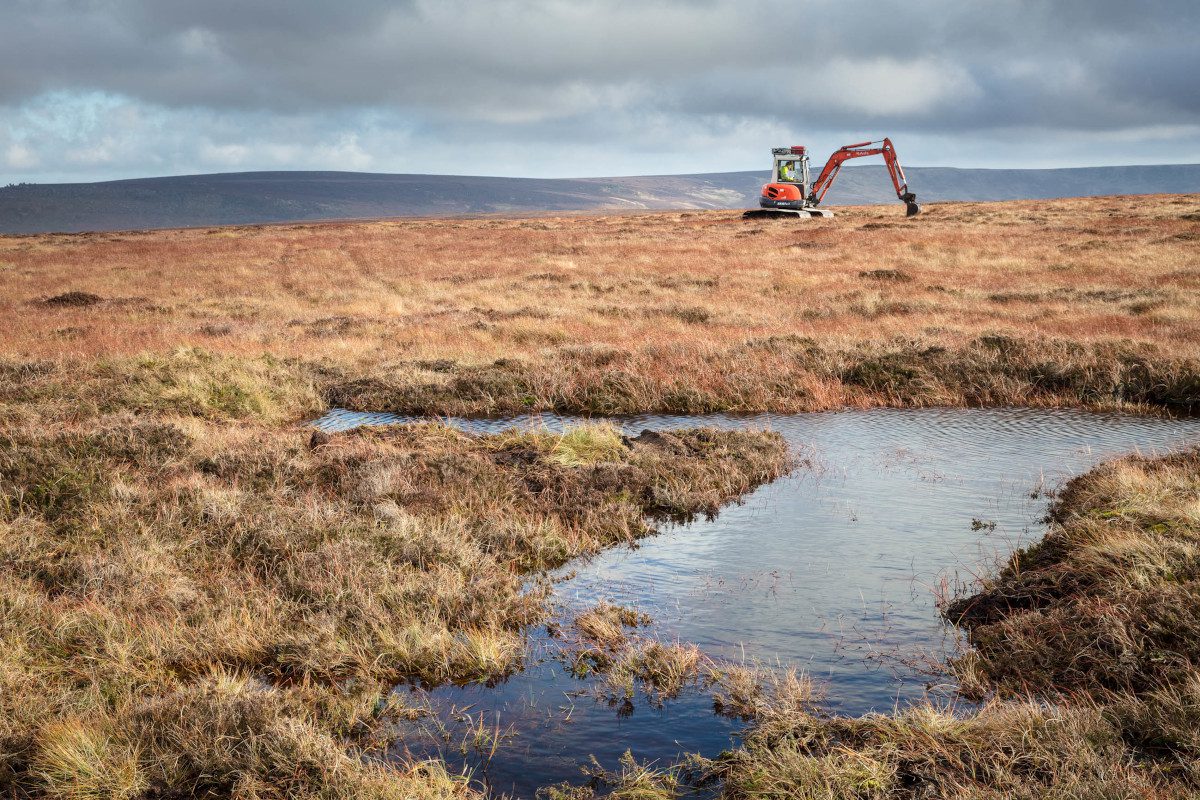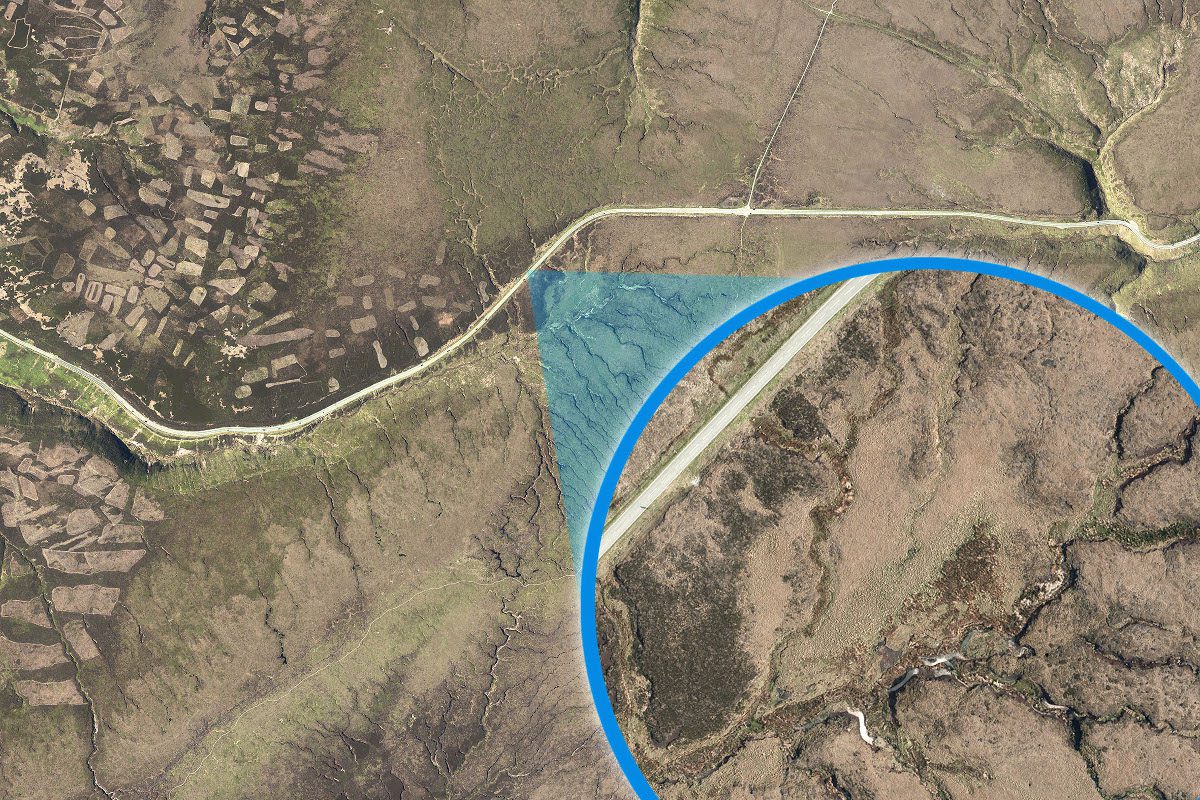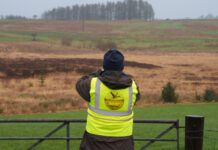
The Peak District National Park Authority has commissioned a brand new ultra-high resolution aerial survey from aerial mapping firm Bluesky to map land cover and vegetation down to individual species level.
Part of the MoorLIFE 2020 project, a €16 million, five-year programme to protect extensive areas of internationally important blanket bog, the Bluesky 6cm resolution imagery and associated height models will also be used to monitor land cover change across the project area, specifically increases in the extent of Sphagnum moss. The Bluesky data will also inform studies into reductions in the dominance of cotton grass, purple moor grass, heather and bare peat, as well as changes in rates of peat accumulation and erosion.
“We are located in one of the wettest parts of the UK and close to several international airports so capturing traditional, manned, aerial survey data can be tricky,” commented Tia Crouch, Senior Research and Monitoring Officer at Moors for the Future Partnership, responsible for on the ground delivery of the MoorLIFE 2020 project led by the National Park. “So we did some investigations into alternative sources of data which are not without their own issues. On this occasion, we were able to use Bluesky to conduct a survey.”
This is the fourth time the Peak District National Park Authority has commissioned a survey from Bluesky having taken delivery of its first Bluesky aerial photography data back in 2013 and its first ultra-high resolution data in 2019. The 2020 survey has recently been flown and is currently in production.
Bluesky aerial imagery and derived height data, Digital Terrain and Surface Models (DTMs and DSMs), from previous surveys are already helping staff at the National Park undertake a number of important investigations including the mapping of areas of peatland as part of the MoorLIFE 2020 project. Funded by the European Union LIFE programme, the EU’s funding instrument for the environment and climate change, the MoorLIFE 2020 project is also supported by Severn Trent, Yorkshire Water and United Utilities.

Additional applications of the Bluesky data include planning of important restoration work, investigation of archaeological features that may have been revealed as a result of moorland fires in 2018 and the mapping of hydrological boundaries. As part of the PROTECT-NFM project, the University of Manchester is also using the Bluesky data to investigate the role of surface roughness changes, following peatland restoration, in providing Natural Flood Management benefits.






